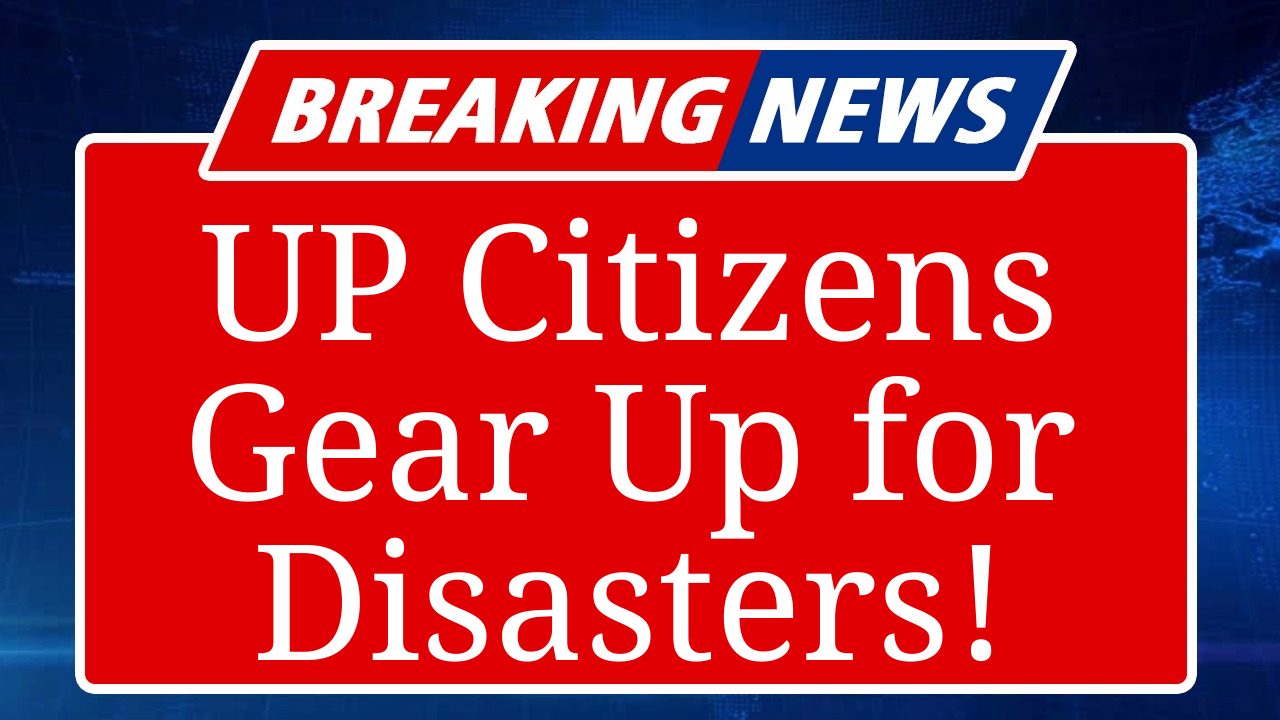“Uttar Pradesh is ramping up disaster preparedness through citizen training initiatives, equipping communities to tackle floods, earthquakes, and heatwaves. With workshops, hands-on drills, and school-based programs, the state aims to foster resilience. Supported by organizations like CEE Himalaya and NDMA, these efforts empower locals to respond effectively, minimizing loss of life and property in disaster-prone areas.”
Uttar Pradesh Enhances Community Resilience Through Disaster Training
Uttar Pradesh, a state prone to floods, earthquakes, and extreme heat, is intensifying efforts to prepare its citizens for disasters through targeted training programs. With 30% of its 240.93 lakh hectares affected by floods annually and 58 of its 75 districts in high-risk seismic zones, the state faces significant challenges from natural and man-made disasters. To address this, the Uttar Pradesh State Disaster Management Authority (UP SDMA) and organizations like CEE Himalaya are rolling out community-focused initiatives to build a culture of preparedness.
In Bahraich’s Jarwal Block, a flood-affected region, CEE Himalaya, in collaboration with the State Council for Educational Research and Training (SCERT) and Sarva Shiksha Abhiyan (SSA), conducted a one-day workshop to revise School Disaster Management Plans (SDMPs) and Village Contingency Plans (VCPs). Teachers from 234 government schools, trained through four Teacher Training Workshops (TTWs), prepared these plans with input from students, School Management Committees, and village communities. Supported by Give2Asia and the International Centre for Integrated Mountain Development (ICIMOD), the program extended to all flood-affected districts, training educators to integrate disaster risk reduction (DRR) into school curricula and village planning.
Beyond schools, Uttar Pradesh is engaging citizens directly. In 2024, a workshop in Lucknow, organized by the National Disaster Management Authority (NDMA), NRDC, and the state government, trained municipal staff and urban local bodies on Heat Action Plans (HAPs). With temperatures soaring in 2024, causing health risks during elections, the workshop emphasized year-round heat preparedness. Participants learned to implement heat-health early warning systems using India Meteorological Department (IMD) forecasts, aiming to protect the state’s 240 million residents.
Hands-on training is a cornerstone of these efforts. In similar programs elsewhere, like Panchkula’s disaster preparedness sessions in May 2025, citizens practiced rescue techniques and learned to respond to fires, earthquakes, and floods. While no specific citizen training events in Uttar Pradesh were reported in 2025, the state’s ongoing programs mirror these efforts, with plans to train communities in high-risk areas. The UP SDMA, guided by the Disaster Management Act, 2005, is working to create a proactive, technology-driven strategy, incorporating early warning systems and community awareness campaigns.
The state is also learning from neighboring regions. Uttarakhand’s U-PREPARE project, funded by the World Bank, offers a model with its focus on resilient infrastructure, early warning systems, and capacity building. Uttar Pradesh is adopting similar strategies, emphasizing training for first responders and community leaders to ensure swift, coordinated responses during emergencies.
These initiatives align with India’s broader disaster management framework under the NDMA, which promotes prevention, mitigation, and preparedness. By training citizens, Uttar Pradesh aims to minimize losses and build a resilient society capable of facing diverse disasters, from floods to heatwaves, with confidence and skill.
Disclaimer: This article is based on recent reports and data from credible sources, including the Uttar Pradesh State Disaster Management Authority, CEE Himalaya, and news outlets like The Hindu. Information reflects ongoing efforts as of September 2025. For real-time updates, refer to official government and organizational reports.

